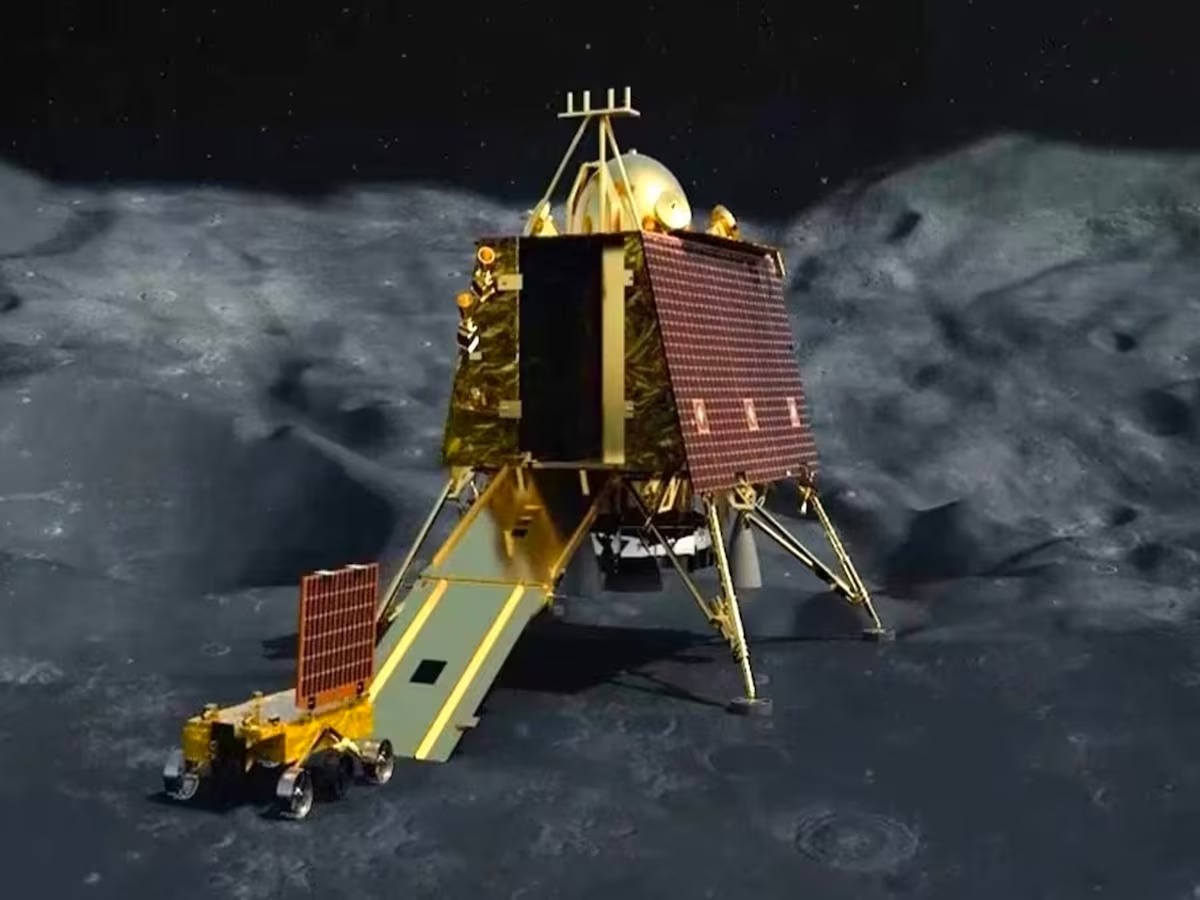The Indian Space Research Organization (ISRO) on Friday said it has not received any signal from the Chandrayaan-3 mission’s Vikram lander and Pragyan rover. The space agency is continuing its efforts to establish contact and confirm their status.
An ISRO official had earlier said that the ground stations would try to revive the lander and rover and their on-board instruments on Thursday or Friday after a dawn break on the Moon and optimal sunlight. There is very little chance of revival and it is possible that even if they both wake up, they are unable to regain full functionality.
All the mission modules are solar-powered and designed to last only one lunar day or about 14 days on Earth. That time has already passed. The mission’s electronics were not designed to withstand extreme nighttime conditions on the Moon. Temperatures drop below minus 200 degrees Celsius near the lunar south pole where the lander and rover are located.
Some spacecraft are designed to survive the lunar night, such as Russia’s Luna-25, which crash-landed on the moon. The Russian Luna-25 mission carried a plutonium radioisotope device, which can be thought of as a kind of nuclear battery, to generate heat that could keep the instruments within an operating temperature. Vikram Lander and Pragyan Rover have no such system.
Nevertheless, after Chandrayaan-3 accomplished its main science goals, ISRO decided to take the opportunity and try to extend the life of the lander and rover. They stop all operations of the instruments a little before lunar sunset and put them in sleep mode. This was done in the hope that if the batteries were fully charged, they would be able to keep the devices warm enough to survive the night.




